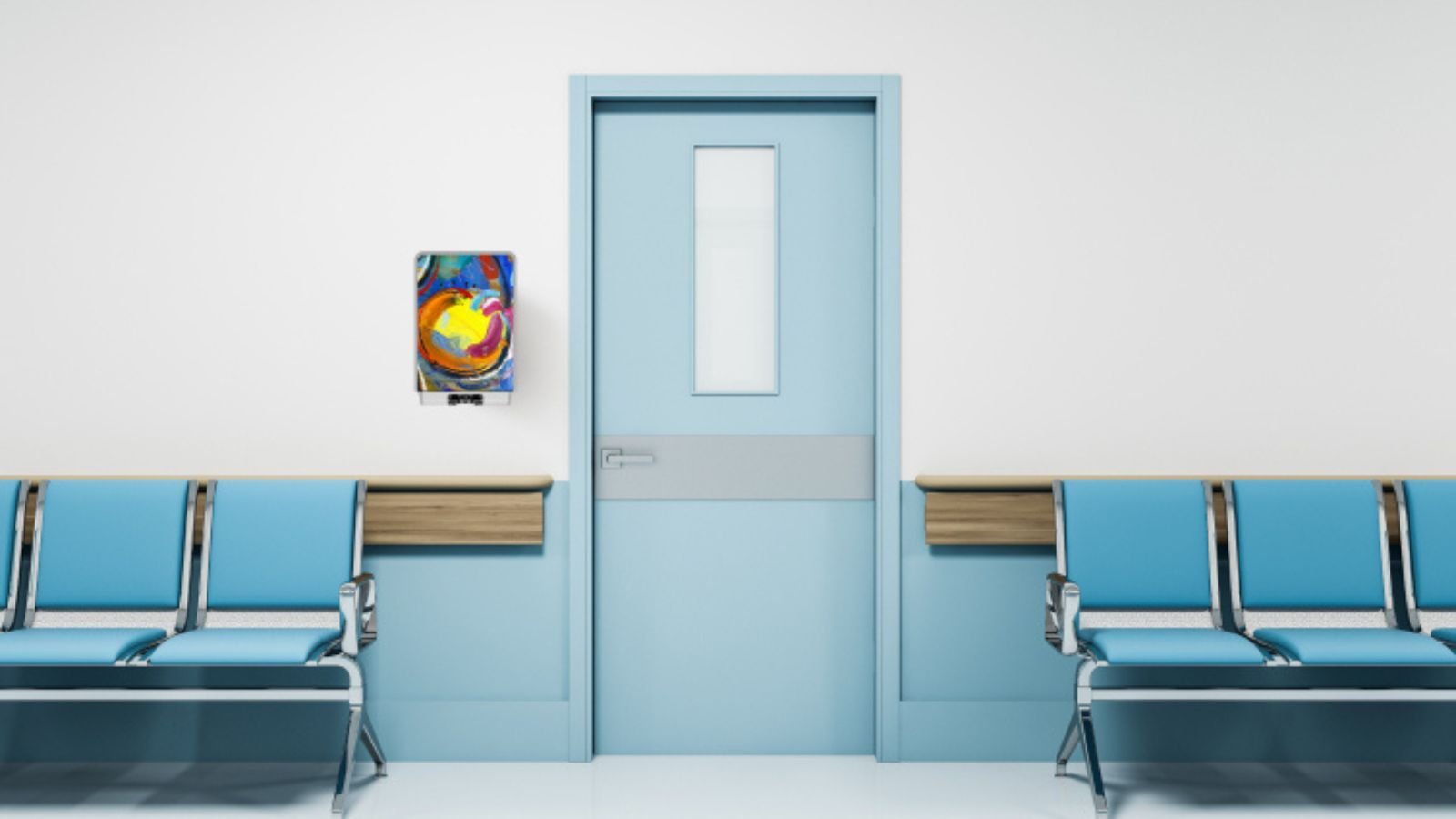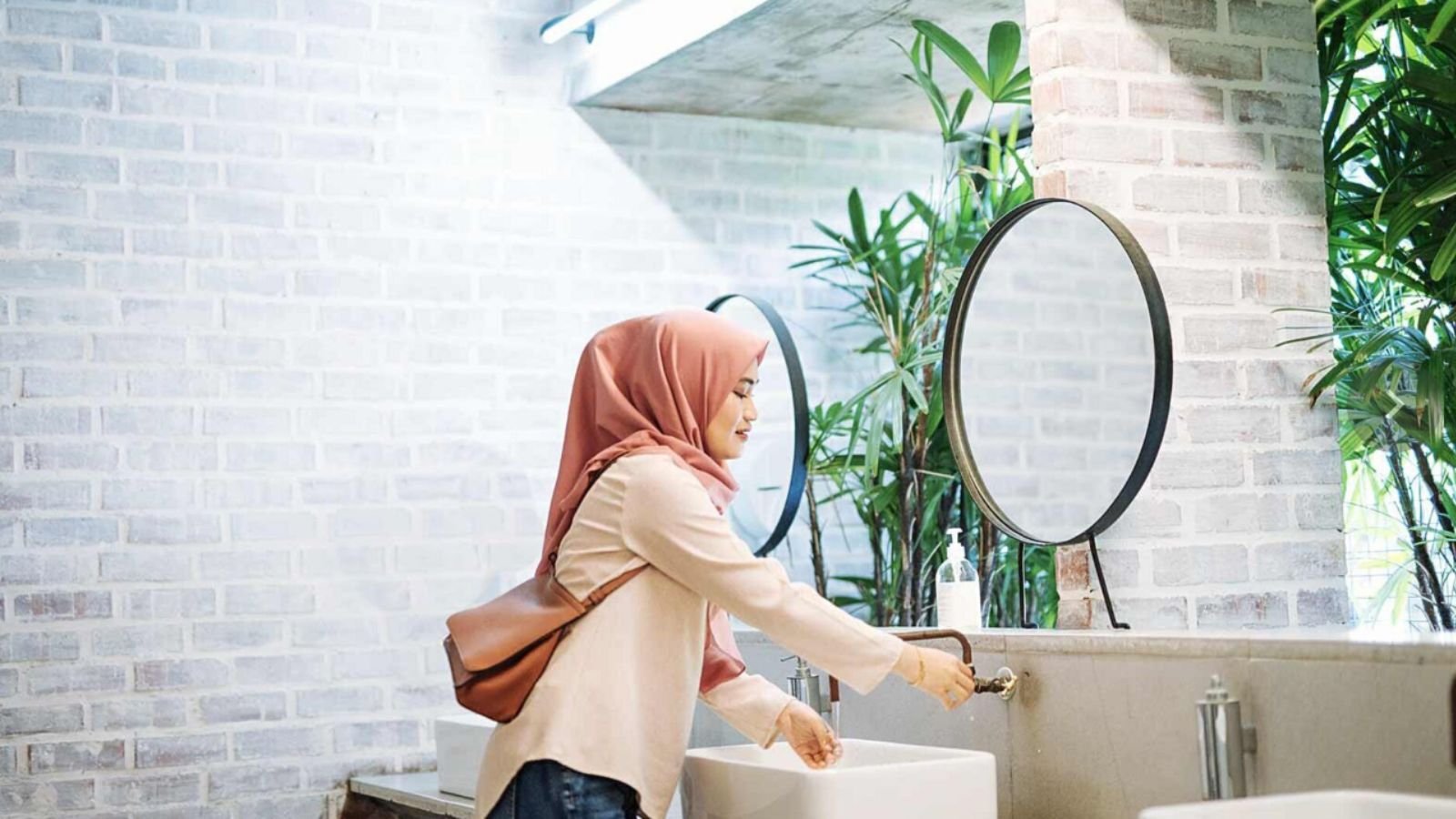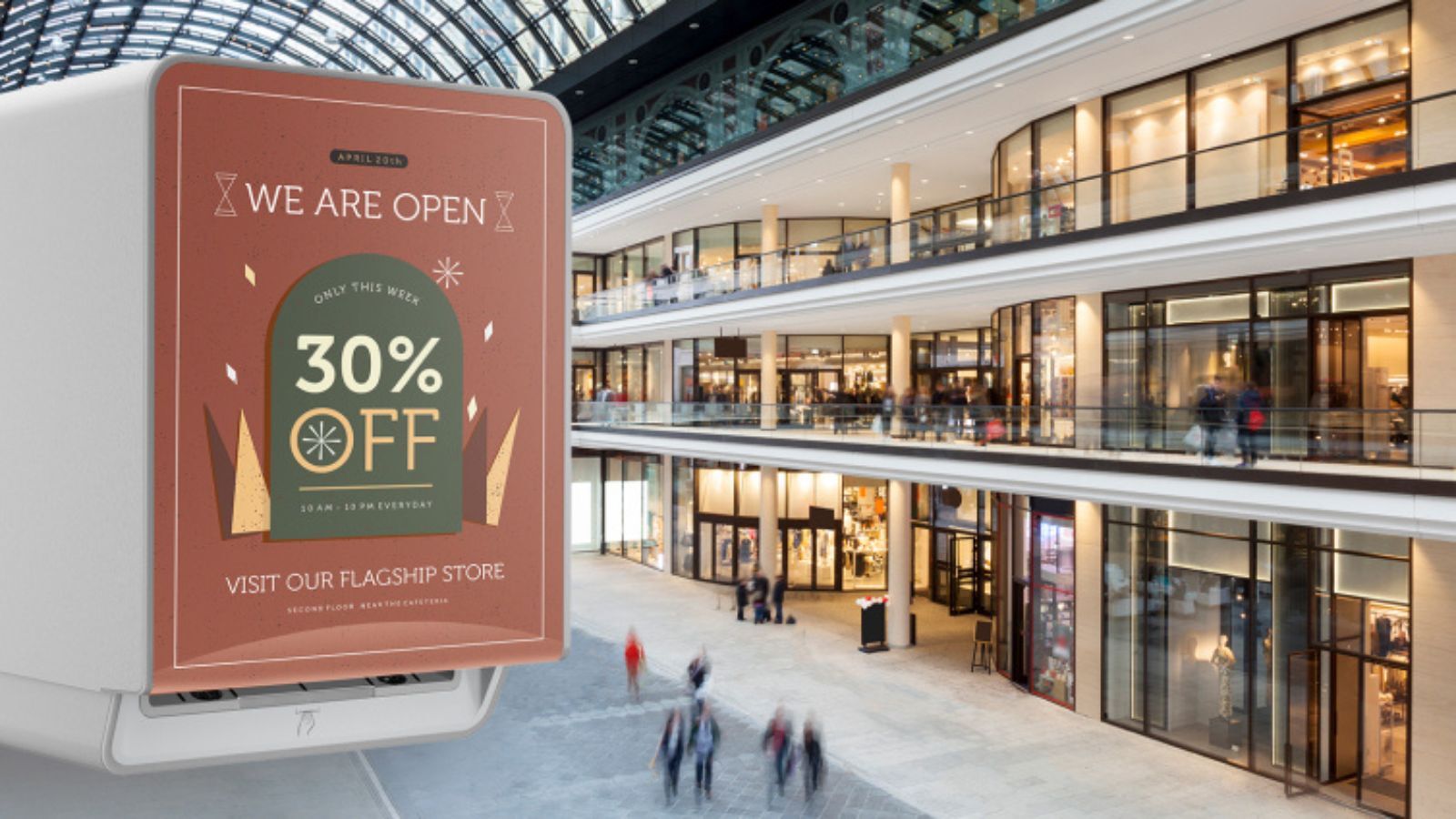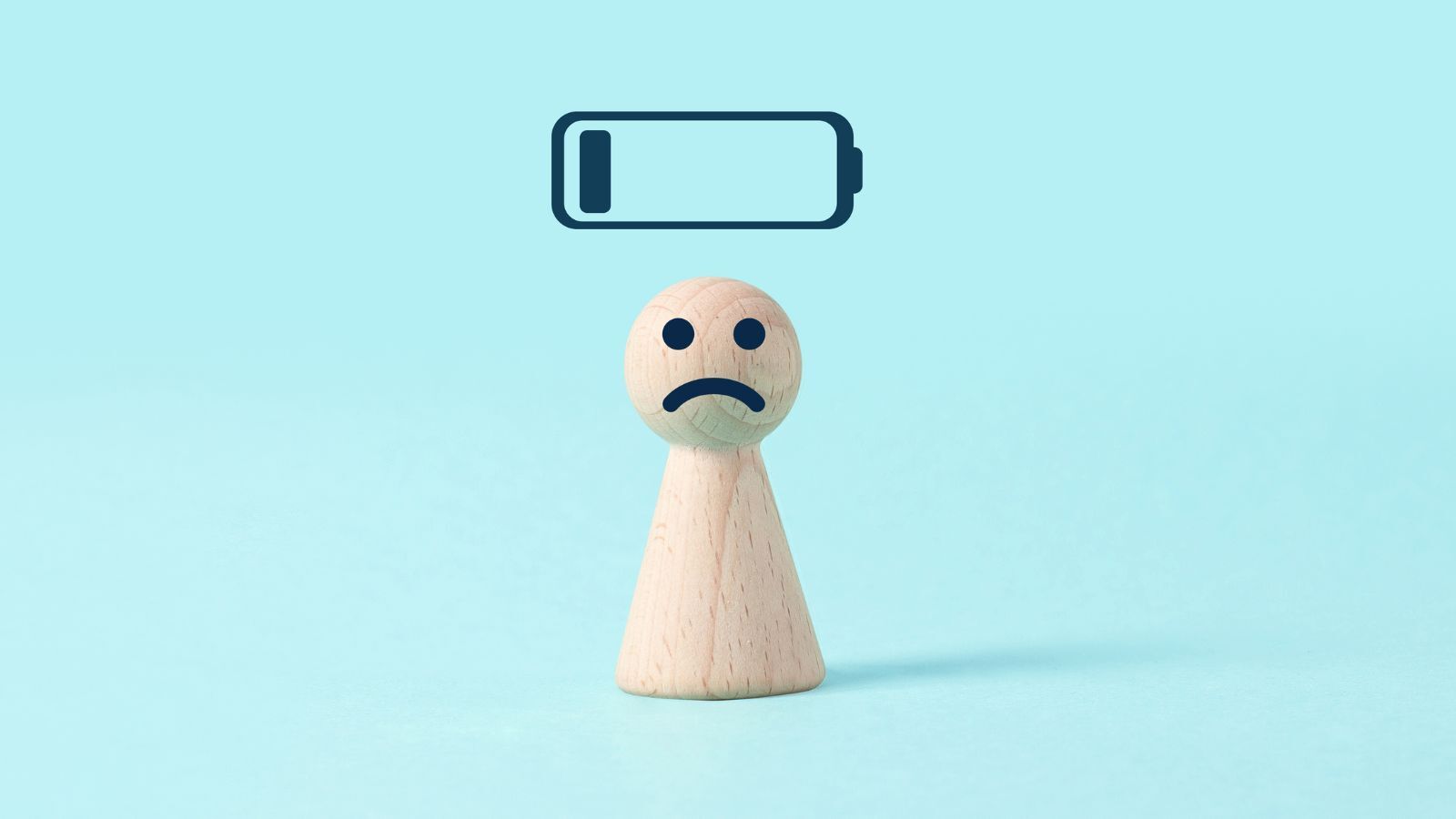Last Updated APRIL 2025
Quiet – do not disturb!

Noise pollution is a real concern, affecting people in many ways in many different environments, including offices, facilities and hospitals. Excessive noise levels can lead to physical and psychological health problems, such as hearing loss, tinnitus, stress, hypertension, and sleep disturbance.
In offices, noise from mechanical equipment, heating and ventilation systems, printers, telephones and conversations can be the ultimate distraction. Depending on the type and intensity of the noise, it can make it hard to communicate, concentrate, and can have a negative impact on overall productivity, causing frustration and fatigue.
A study published in the Journal of Applied Psychology found that workers in noisy open-plan offices had a much lower job satisfaction and higher levels of stress than those in quieter enclosed offices.1 And research by the World Health Organization (WHO) shows that exposure to noise levels above 55 decibels (dB) – the sound of background music or general conversation – can increase the risk of heart disease, stroke, and cognitive impairment.2
Office designers and planners have worked hard to adjust the design and layout of workspaces minimise noise transmission and enhance sound absorption.
In hospitals, noise pollution can be even more critical. Alarms, machines, intercoms, staff conversations, and noise from visitors can be particularly harmful to patients who often need a quiet and restful environment to aid their recovery. Noise levels in intensive care units can reach up to 90 dB, which is equivalent to the noise level of a lawnmower or a chainsaw.3 This level of noise can increase stress, anxiety, and fuel delirium in patients, as well as interfere with their sleep and pain management. Some hospitals are using technology to monitor and control noise levels, such as using sound meters and alerts to inform staff when noise levels exceed safe limits.
Addressing noise levels is equally important in education buildings, galleries, libraries and special-needs facilities. Staff often undertake training to reduce noise pollution, learning to speak softly, close doors gently, and turn off unnecessary equipment.
Washrooms present a significant challenge when it comes to noise. The opening and closing of doors, the flushing of toilets and running of taps are unavoidable. Despite advances in technology, most hand dryers create between 80 and 100 decibels – sounds that can damage your hearing in less than 15 minutes of exposure.4
But not all washroom facilities have to generate frustrating and disturbing noise.
The Kimberly-Clark Professional™ ICON™ dispenser collection for hand towels, toilet tissue and skincare, including soap and sanitiser, provides almost noiseless operation, making it the quietest dispenser on the market. The ICON™’s Direct Drive Technology provides the benefits of efficiency, better battery life and seamless operation.
Traditionally, similar electronic dispensers have been far from quiet, and despite offering superior hygiene have not been an option for facilities managers, particularly in healthcare settings, such as patient wards.
But the Kimberly-Clark Professional™ ICON™ collection is our most significant upgrade in technological advancements in dispensing in over a decade. Even when servicing, washroom attendants can keep the noise to a minimum thanks to the ICON™’s smooth, controlled opening and closing experience.
1 https://www.researchgate.net/publication/12271859_Stress_and_Open-Office_Noise
2 https://www.who.int/europe/news-room/fact-sheets/item/noise
3 https://pubmed.ncbi.nlm.nih.gov/17883600/
4 https://www.noisyplanet.nidcd.nih.gov/have-you-heard/can-electric-hand-dryers-hurt-your-hearing
















